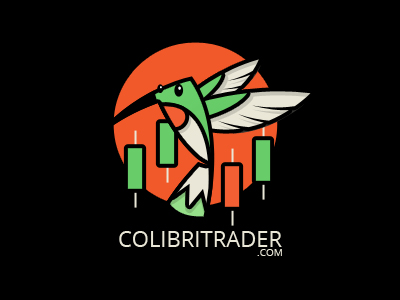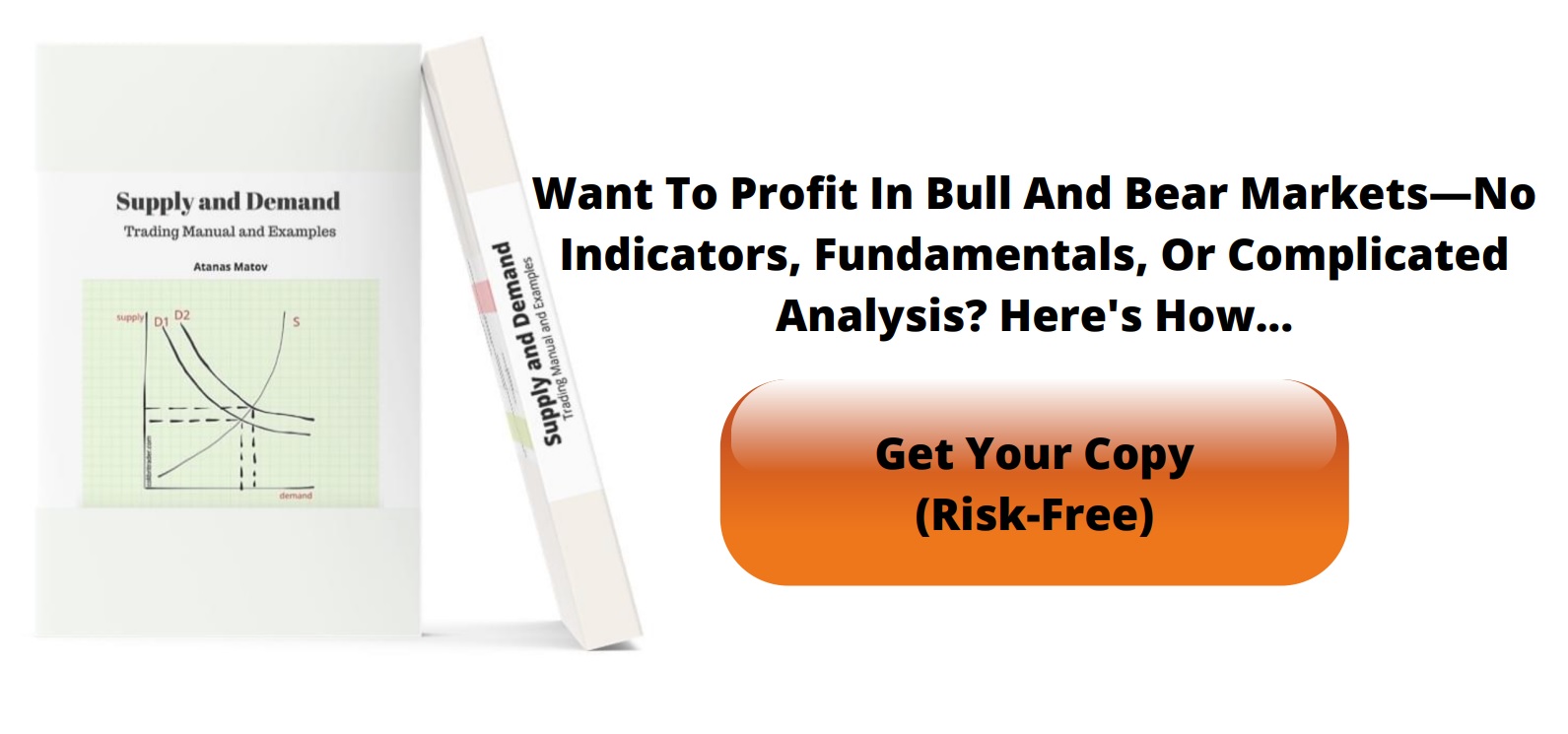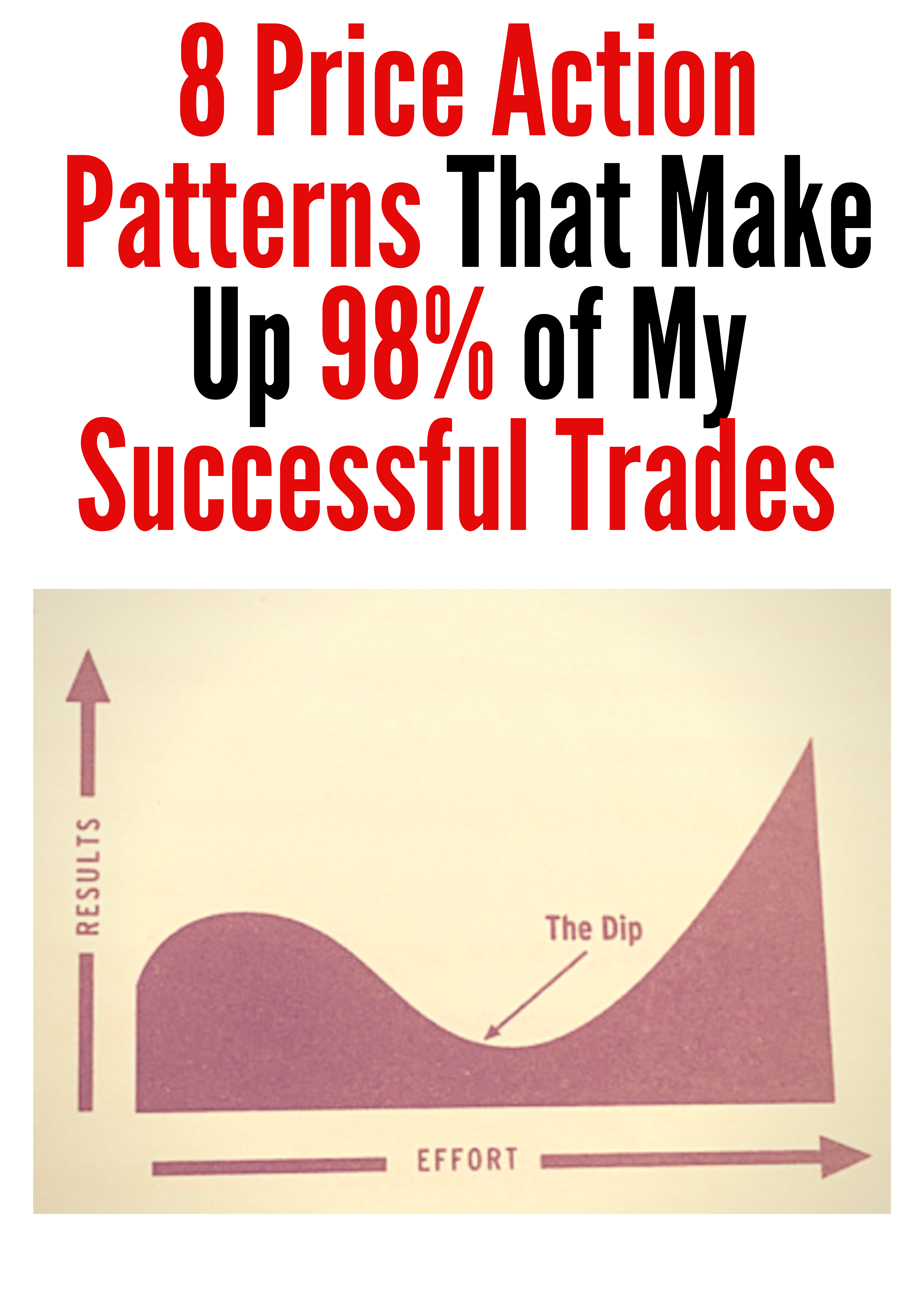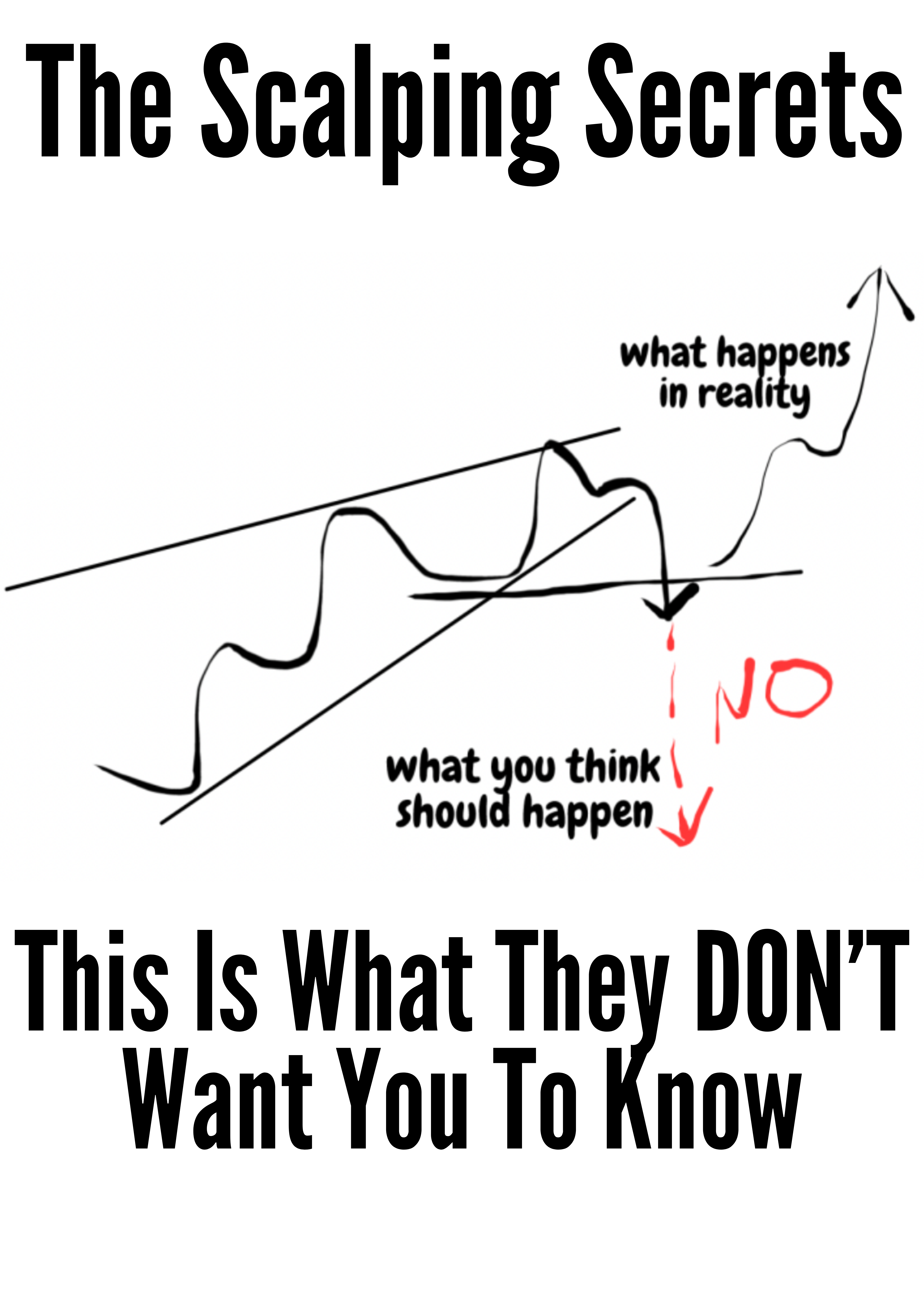How Does Forex Trading Work Explained
At its heart, forex trading is all about speculating on the ever-shifting values of global currencies. You’re essentially placing a bet that one currency will either climb or fall against another. To do this, you buy one currency while simultaneously selling the other one.
The goal? To pocket a profit from these swings in the exchange rate. It’s not that different from a tourist who makes a little extra cash if their home currency gets stronger before they exchange their leftover foreign money back.
Unpacking the Basics of Forex Trading
Think of the foreign exchange market as a massive, global hub for trading national currencies. Unlike the stock market, it doesn't have a physical headquarters. Instead, it’s a sprawling, interconnected web of banks, financial institutions, and everyday traders like you and me.
This decentralized setup is precisely why the market can run 24 hours a day, five days a week. It literally follows the sun, moving from the trading desks in Sydney to Tokyo, then London, and finally New York.
The core action in forex always involves a currency pair, like the Euro and the US Dollar (EUR/USD). When you place a trade on this pair, you aren't just buying Euros; you're doing two things at once.
- Going Long (Buying): If you've got a hunch the Euro is about to strengthen against the Dollar, you "buy" the EUR/USD pair. This means you are buying Euros and, at the same time, selling Dollars.
- Going Short (Selling): On the flip side, if you think the Euro is going to weaken, you "sell" the EUR/USD pair. In this case, you're selling Euros and buying Dollars.
Whether you make a profit or a loss simply comes down to how well you predicted which way the currency pair would move.
The Travel Analogy: A Simple View
Let's make this even simpler. Imagine you're an American heading to Europe for a holiday. You swap $1,100 for €1,000 when the exchange rate is 1.10.
While you're sightseeing, some big economic news hits, and the Euro gets stronger against the Dollar. When you get home, the rate is now 1.15. You exchange your €1,000 back and get $1,150, walking away with a $50 profit. Simple, right?
Forex trading works on the exact same principle, but you do it all from a trading platform without ever leaving your chair. The big players like EUR/USD, GBP/USD, and USD/JPY make up about 85% of all forex trading activity, which is why they have so much liquidity and are so popular with traders. This massive volume is what makes the market so accessible.
The goal of a forex trader is to anticipate which currency will get stronger or weaker relative to another. Success comes from correctly predicting these movements and positioning your trade to capitalize on the change.
To give you a quick snapshot of all the moving parts, here’s a table breaking down the essentials.
Forex Trading at a Glance
This table sums up the core components of the forex market. It’s a handy reference to see how everything fits together at a high level.
| Component | Brief Explanation | Example |
|---|---|---|
| Market Players | Central banks, large commercial banks, hedge funds, and retail traders like you. | A retail trader uses a broker to access the market. |
| Core Idea | Speculating on the future value of one currency against another. | Believing the British Pound (GBP) will rise against the US Dollar (USD). |
| Ultimate Goal | To profit from the change in a currency pair's exchange rate. | Buying EUR/USD at 1.0700 and selling it at 1.0750. |
Nailing down this foundation is the first critical step. Once you're comfortable with these basics, you'll be ready for what's next. If that sounds like you, you might want to check out our complete guide on how to start forex trading.
Navigating the Global Forex Market Structure
When you picture a market, you probably think of the New York Stock Exchange, with its frantic trading floor and iconic bell. The forex market couldn't be more different. It has no central address, no single building you can point to.
Instead, think of it as a massive, interconnected digital web. It links major banks, financial institutions, and traders across every time zone. This decentralized design is the absolute key to understanding how forex trading actually works.
This structure is what we call an over-the-counter (OTC) market. It simply means transactions happen directly between two parties over an electronic network, not through a centralized exchange. This setup is what gives the forex market its incredible flexibility and allows it to run non-stop. It’s a truly global marketplace.
And the scale? It's almost hard to wrap your head around. The forex market is, by far, the largest and most liquid financial market in the world. As of early 2025, daily trading volumes hit around $7.51 trillion. This incredible liquidity comes from the constant need to exchange currencies across the globe, dwarfing the annual turnover of the global stock market. If you want to dive deeper, you can explore more foreign exchange industry statistics to fully grasp its size.
The Interbank Market: The Core of Forex
At the very top of this ecosystem, you'll find the interbank market. This is the exclusive club where the world’s biggest banks trade currencies directly with each other. These behemoths, often called Tier-1 banks, are handling colossal transactions for their clients—think corporations, governments, and massive investment funds—as well as trading for their own accounts.
The prices they set become the wholesale exchange rates that then trickle down through the entire financial system. As a retail trader, you and I don't get a direct seat at this table, but everything that happens here dictates the prices we see on our own trading platforms.
Where Retail Traders Fit In
So, if the big banks are playing in their own sandbox, how do we get in on the action? We access the market through brokers. These brokers are our intermediaries, our connection to that larger market.
A good retail broker will aggregate prices from multiple liquidity providers (smaller banks or institutions tied into the interbank market) to offer you the best possible bid and ask prices. This is what makes the market accessible to anyone with an internet connection and a trading account.
The forex market is a tiered system. The interbank market sets the foundation, while brokers provide the bridge that allows retail traders to participate in the world's largest financial arena.
The Market That Never Sleeps
One of the most unique things about forex is that it’s a 24-hour market. It literally follows the sun around the globe, meaning there's almost always a major financial center open for business. This continuous cycle is broken down into four key trading sessions:
- Sydney Session: This session kicks things off and sets the tone for the trading day.
- Tokyo Session: The main hub for Asian trading, which overlaps with Sydney.
- London Session: This is the big one. It's the largest and most volatile session, overlapping with Tokyo in its morning and New York in its afternoon.
- New York Session: The final session of the day. Its overlap with London creates the most liquid period of trading.
This non-stop action means there are always opportunities, letting you trade whenever it fits your schedule, no matter where you are in the world. Getting your head around this decentralized, multi-layered structure is the first real step to confidently navigating the forex landscape.
Learning the Language of Forex Trading
To trade with confidence, you have to speak the language of the market. And while Forex has its own vocabulary, it’s a lot less intimidating than it looks. Forget the dry textbook definitions. Let's break down the core concepts so you know exactly what’s happening on your screen.
The first thing to get your head around is the currency pair. Currencies are always traded in pairs because you're really just exchanging one for another. Think of it as a financial tug-of-war—you're betting one currency will get stronger while the other gets weaker. This relationship is the foundation of every single forex trade.
Breaking Down Currency Pairs
Every currency pair has two components: the base currency and the quote currency. Let’s use the most traded pair in the world as our example: EUR/USD.
- Base Currency (EUR): This is the first currency listed. It’s what you are buying or selling, and it always represents one unit.
- Quote Currency (USD): This is the second currency. Its job is to tell you how much of it you need to buy one unit of the base currency.
So, if EUR/USD is trading at 1.0750, it simply means one Euro is worth $1.0750. If you buy the pair, you’re buying Euros and selling Dollars, hoping the Euro strengthens. If you sell, you’re doing the exact opposite.
Understanding Pips: The Smallest Price Moves
Now you know what a pair is, but how do you measure its price changes? In forex, we track these tiny movements in pips. A pip, which stands for "Percentage in Point," is the smallest standard unit of change for a currency pair's value.
For most major pairs, a pip is the fourth decimal place (0.0001). If EUR/USD moves from 1.0750 to 1.0751, it has moved up by a single pip. It’s the cents to the dollar, just on a much smaller scale.
A pip is the fundamental unit for calculating profit or loss. Capturing a certain number of pips is the primary goal of any short-term trade. Knowing its value is essential for understanding how forex trading works at a practical level.
There are exceptions, of course. For pairs involving the Japanese Yen (like USD/JPY), a pip is the second decimal place (0.01). The good news is your trading platform handles all these calculations automatically, but understanding the concept is key to reading the market.
Measuring Your Trade Size with Lots
Finally, you need a way to decide how much currency you want to trade. This is where lots come into play. A lot is just a standardized unit that defines the size of your trade, which directly impacts your risk and potential profit.
The standard lot sizes you'll encounter are:
- Standard Lot: This is 100,000 units of the base currency. It’s the largest size, usually reserved for institutional traders or those with significant capital.
- Mini Lot: This is one-tenth of a standard lot, equal to 10,000 units of the base currency. It’s a very popular choice for many retail traders.
- Micro Lot: The smallest common size, a micro lot is just 1,000 units of the base currency. This is perfect for beginners who want to trade with real money but keep the risk extremely low while they learn.
The lot size you choose directly determines how much each pip is worth. A bigger lot means each pip movement carries more financial weight, amplifying both your potential gains and losses. This concept, known as position sizing, is a cornerstone of smart risk management.
Understanding Forex Trade Sizes
Here’s a simple table to put all the trade sizes into perspective. Notice how the value of a single pip changes drastically depending on the lot size.
| Lot Size | Units of Base Currency | Value per Pip (for USD quote pairs) |
|---|---|---|
| Standard | 100,000 | ~$10.00 |
| Mini | 10,000 | ~$1.00 |
| Micro | 1,000 | ~$0.10 |
Grasping these three core terms—currency pairs, pips, and lots—gives you the vocabulary you need to operate a trading platform, analyze market movements, and truly understand the mechanics of a trade. With this foundation, you're ready to move on to more advanced concepts like leverage.
Understanding Leverage and Margin in Trading
Leverage is easily one of the most powerful—and most misunderstood—tools in a forex trader's arsenal. At its core, leverage is what lets you control a large market position using a relatively small amount of your own money.
Think of it as a temporary loan from your broker that amplifies your trading power.
For example, a leverage ratio of 100:1 means for every $1 of your own capital, you can control $100 in the market. So, with just $1,000 in your account, you could open a trade worth a massive $100,000. This is what makes the forex market so accessible to retail traders like us.
But here’s the critical part: leverage is a double-edged sword. While it can dramatically boost your profits from even the smallest price moves, it magnifies your losses just as fiercely. A tiny market shift against you can lead to big trouble, fast. Using leverage responsibly isn't just a good idea; it's essential for survival.
To get a complete picture, I highly recommend reading up on what leverage is in forex and its full implications.
The Role of Margin in Your Trades
So, if leverage is the loan, what’s margin? Think of margin as your good-faith deposit. It’s the amount of money you need in your account to open and maintain that leveraged trade.
It’s not a fee or a transaction cost. It’s simply a portion of your account equity that your broker sets aside as collateral to ensure you can cover any potential losses. Without enough margin, you can't even get access to leverage.
Margin is the foundation of leveraged trading. It’s the capital required to secure a larger position, and managing it properly is the key to staying in the game.
Keeping a close eye on your margin levels is non-negotiable. Your trading platform will show you a few key figures related to margin, and you need to know what they mean.
Used Margin vs. Free Margin
Your account's margin is split into two key components that give you a real-time snapshot of your trading capacity:
- Used Margin: This is the total amount of your money currently locked up to keep all your open positions running. For instance, if you open a $10,000 position and your broker requires 1% margin, your used margin for that trade is $100.
- Free Margin: This is what’s left over. It’s the money in your account that's available to open new trades or to absorb losses from your current ones. You calculate it by subtracting your used margin from your total account equity.
Maintaining a healthy cushion of free margin is your safety net. It gives you flexibility and helps you manage risk. When your trades are in profit, your equity grows, and so does your free margin. But when trades go against you, your free margin shrinks.
If your free margin hits zero, you’re stuck—no new trades. But a much worse scenario is lurking if your losses keep piling up: the dreaded margin call.
The Critical Alert of a Margin Call
A margin call is an automated warning from your broker. It means your account equity has dropped below the minimum level required to maintain your open positions. This happens when your floating losses get too big for your account balance to handle.
It’s a danger signal. The broker is telling you that you're on the verge of having your trades automatically closed to prevent you from losing more money than you have.
This forced liquidation is called a "stop out." It’s the broker’s self-preservation mechanism, ensuring you don’t end up in debt to them.
For any disciplined trader, avoiding a margin call is a top priority. It all boils down to smart leverage use, never risking too much on a single trade, and having a rock-solid risk management plan in place before you ever click "buy" or "sell."
How a Forex Trade Works Step by Step
Seeing theoretical concepts finally click into place can be enlightening. In the narrative below, we’ll follow a single trade from its spark of an idea to the moment it wraps up. You’ll get a real-world feel for each decision and order along the way.
Imagine a trader convinced that the British Pound (GBP) is gearing up to outpace the US Dollar (USD) after some surprisingly soft UK inflation figures. That conviction forms the backbone of their strategy. Let’s unpack every move they make.
Step 1: Forming The Trade Hypothesis
It all starts with a hypothesis, not the click of a “Buy” button. Our trader spots a clear uptrend in the GBP/USD chart, backed by data showing inflation running below expectations.
They reason that if the Bank of England holds rates steady rather than cutting, the pound should firm up against the dollar. In simple terms: The GBP Is Likely To Rise Against The USD. With that outlook, they plan to “go long” on GBP/USD.
Step 2: Determining Position Size And Risk
Risk management comes next. With a $5,000 trading account, they’re not risking more than 1%—that’s $50 on this single trade.
After checking the chart, they decide a Stop-Loss at 1.2650 (roughly 50 pips below the current 1.2700 price) offers a sensible buffer. To keep that maximum loss at $50, each pip needs a value of $1. This means trading one mini lot (10,000 units). You can learn more about calculating the right lot size in our guide on what lot size is in forex.
Every trade begins with clearly defined risk before any capital changes hands.
Step 3: Placing The Trade And Setting Targets
With risk managed, it’s time to pull the trigger. On their platform, they set three orders:
- Entry Order: Buy one mini lot of GBP/USD at 1.2700
- Stop-Loss Order: Place protective stop at 1.2650 (50 pips risk)
- Take-Profit Order: Close automatically at 1.2800 (100 pips target)
That structure locks in a risk-to-reward ratio of 1:2—risking 50 pips to chase 100 pips.
A well-planned trade has clear entry and exit points defined from the very beginning. The goal is to remove emotion by letting the pre-set orders do the work.
The forex market’s vast liquidity—$6.6 trillion traded daily and roughly $2.4 quadrillion in annual turnover—means orders like these get filled almost instantly. Explore more on the immense scale of the forex market on The Tokenist.
Step 4: Monitoring And Closing The Trade
Once the orders are live, our trader steps back. Instead of staring at every tick, they trust their plan and the automated orders they’ve placed.
Hours later, continued positive sentiment around the pound pushes GBP/USD up to 1.2800. The Take-Profit order fires, the position closes, and that’s it—the trade is complete.
Calculating The Final Outcome
Here’s the breakdown of the finished trade:
| Metric | Value |
|---|---|
| Entry Price | 1.2700 |
| Exit Price | 1.2800 |
| Pips Gained | 100 pips |
| Pip Value | $1 per pip |
| Total Profit | $100 |
In this scenario, our trader risked $50 to make $100, following a structured blend of market analysis and strict money management. That’s forex trading in action—measured, disciplined, and entirely repeatable.
Got Questions About Forex Trading?
As you start digging into the mechanics of forex trading, a few practical questions almost always pop up. Let's tackle the most common ones head-on, so you can clear up any confusion and move forward with confidence.
Is Forex Trading Just a Form of Gambling?
It’s easy to see why some people make that comparison, but no, proper forex trading is worlds apart from gambling.
Successful trading is built on a foundation of solid strategy, careful analysis, and—most importantly—disciplined risk management. It's not about hoping for a lucky break. Professional traders don't guess; they use proven methods to make informed decisions, looking for a statistical edge they can repeat over and over again.
Gambling, on the other hand, is all about pure chance. A trader’s approach is methodical, analytical, and focused on consistent performance over the long haul, not a single lucky win.
How Much Money Do I Really Need to Start?
You’ll see brokers advertising that you can open an account with $100 or less, and technically, that's true.
However, if you want to trade with a bit of breathing room and apply proper risk management without feeling immense pressure on every single trade, a more realistic starting point is somewhere between $500 and $1,000.
Here's the golden rule, especially when you're learning: only trade with money you are prepared to lose. This isn't just a saying; it's a critical mindset that protects you from financial stress and allows you to focus on what really matters—developing your trading skills.
The amount you start with is less important than your commitment to sound risk management. A small, well-managed account is far better than a large, recklessly traded one.
What's the Best Currency Pair for a Beginner?
My advice is always the same: stick with the major currency pairs when you're starting out. These are the most heavily traded pairs in the world, and for good reason. They include:
- EUR/USD (Euro/US Dollar)
- GBP/USD (British Pound/US Dollar)
- USD/JPY (US Dollar/Japanese Yen)
Because these pairs have the highest trading volume, you get lower transaction costs (meaning tighter spreads) and generally smoother, more predictable price movements.
The EUR/USD is often crowned the king for newcomers. Its massive liquidity and the sheer amount of analysis available make it a great place to start. By focusing on just one or two major pairs, you can really learn their unique personalities and behaviors without getting completely overwhelmed.
Ready to stop guessing and start trading with a clear, repeatable strategy? At Colibri Trader, we teach a powerful price-action approach that works without indicators or complicated analysis. Take our free Trading Potential Quiz to discover your strengths and start your journey toward consistent profitability.









